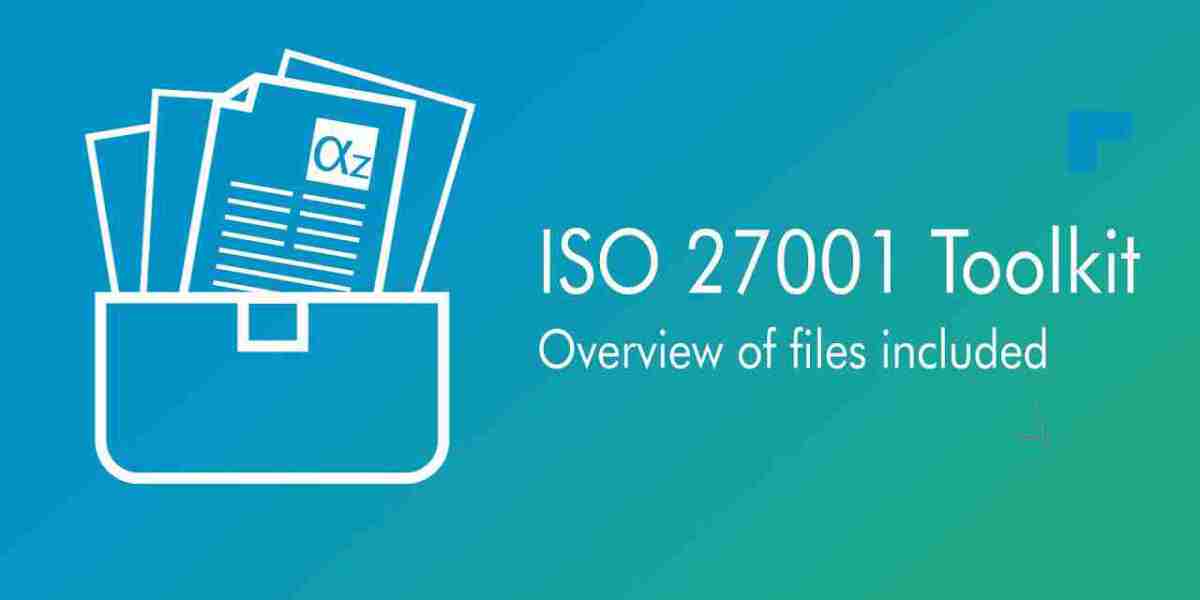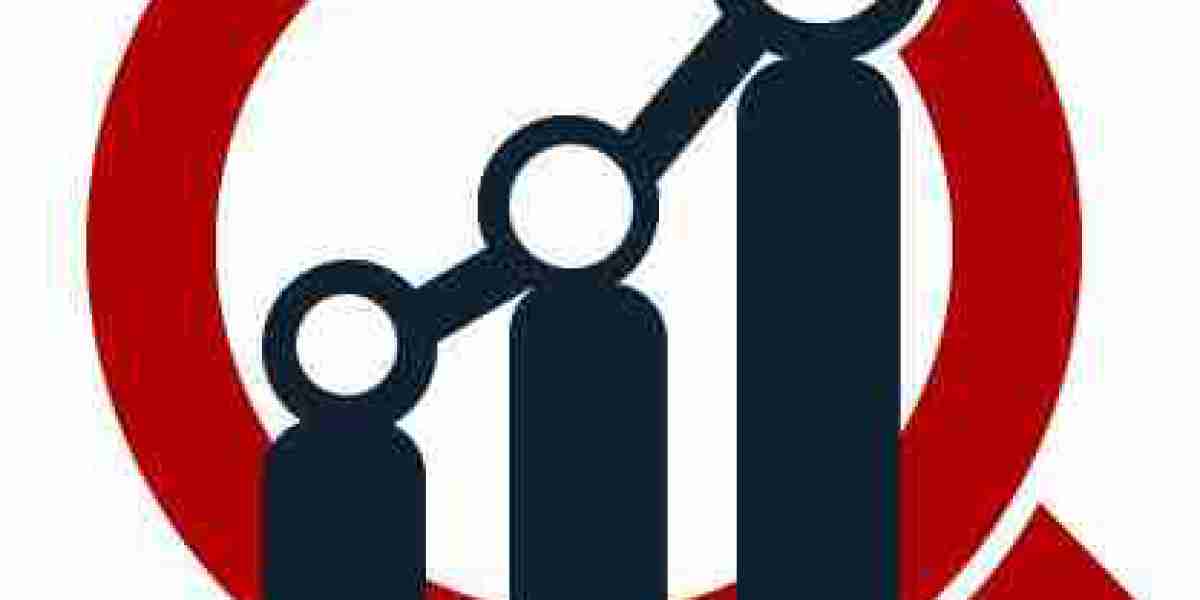In today's digital world, ensuring robust information security is crucial for safeguarding sensitive data and maintaining trust with customers and stakeholders. ISO 27001, the global standard for Information iso 27001 toolkit open source Security Management Systems (ISMS), offers a proven framework for achieving these goals. However, the process of implementing ISO 27001 can be daunting for organizations, especially small and medium-sized businesses with limited resources.
An ISO 27001 Toolkit Open Source can provide a cost-effective, flexible, and comprehensive approach to building and maintaining an ISMS. These open-source toolkits offer a collection of essential resources such as templates, guidelines, and tools to help businesses effectively manage their information security and achieve ISO 27001 compliance. In this article, we'll explore the benefits, components, and best practices for leveraging an open-source ISO 27001 toolkit.
What is an ISO 27001 Toolkit Open Source?
An ISO 27001 Toolkit Open Source is a set of freely available resources designed to assist organizations in implementing an Information Security Management System (ISMS) based on the ISO 27001 standard. The toolkit typically includes a variety of templates, policies, procedures, and checklists that can be customized to fit an organization's specific needs.
Because these toolkits are open-source, they can be downloaded, modified, and used without a commercial license, making them an attractive solution for organizations looking to implement ISO 27001 while keeping costs down.
Key Components of an ISO 27001 Toolkit Open Source
A well-rounded ISO 27001 toolkit includes a wide range of resources to help organizations manage information security effectively. Below are the essential components that are commonly found in an open-source toolkit:
1. Documentation Templates
ISO 27001 requires organizations to maintain various documents and records that demonstrate the effectiveness of their ISMS. A comprehensive open-source toolkit includes templates for the following:
- Information Security Policy: A foundational document that outlines the organization's commitment to protecting information security.
- Risk Assessment Templates: Pre-designed formats to document the results of information security risk assessments, identifying vulnerabilities and threats to the organization’s data.
- Statement of Applicability (SoA): A document that lists the ISO 27001 controls the organization has chosen to implement and justifies their selection.
- Incident Response Plan: A template for preparing a structured response to potential information security incidents.
- Business Continuity Plan (BCP): A framework for ensuring critical business operations can continue in the event of a security breach or disaster.
These templates are essential for ensuring that all necessary documentation is in place and aligns with ISO 27001 requirements.
2. Risk Management Tools
Risk management is a key aspect of ISO 27001. The toolkit should include tools and templates that help organizations assess, manage, and mitigate risks. Common resources include:
- Risk Assessment Matrix: A visual tool to evaluate the likelihood and impact of identified risks, helping to prioritize mitigation efforts.
- Risk Treatment Plan: A document that outlines how identified risks will be managed, accepted, mitigated, or transferred.
- Risk Register: A comprehensive list of all identified risks, along with details such as the level of risk, treatment measures, and timelines for implementation.
These tools ensure that organizations are taking a systematic and informed approach to managing information security risks.
3. Control Implementation Resources
ISO 27001 requires organizations to implement a set of security controls to protect information. The open-source toolkit typically includes:
- Control Implementation Guidelines: Step-by-step instructions on how to implement each control in the ISO 27001 Annex A list.
- Control Mapping: A tool that helps organizations map ISO 27001 controls to their existing security processes or controls.
- Best Practice Recommendations: Guidance on industry best practices for implementing specific controls, particularly those that are complex or difficult to execute.
These resources guide organizations in selecting and applying the necessary controls to safeguard their information assets.
4. Internal Audit and Monitoring Tools
Internal audits are a critical part of ISO 27001, ensuring that the ISMS remains effective and aligned with the standard. An open-source toolkit typically includes:
- Internal Audit Checklist: A detailed checklist to help audit teams assess the ISMS and identify any gaps or non-conformities.
- Audit Report Templates: Pre-built formats for documenting audit findings, along with recommendations for corrective actions.
- Corrective Action Plans: Templates for developing and tracking corrective actions based on audit findings.
These tools streamline the audit process and help organizations ensure that they are continually improving their information security posture.
5. Gap Analysis Tools
Gap analysis is essential for identifying where an organization's current information security practices fall short of ISO 27001 standards. A well-designed toolkit will include:
- Gap Analysis Template: A document that helps organizations assess their current ISMS against ISO 27001 requirements to identify areas of non-compliance.
- Action Plan: A plan that outlines the steps the organization will take to address identified gaps and achieve compliance.
This tool allows organizations to assess their progress and take corrective actions to ensure full ISO 27001 compliance.
6. Compliance Tracking and Reporting Tools
Once the ISMS is implemented, organizations must monitor and track its ongoing effectiveness. The open-source toolkit typically includes:
- Compliance Tracking Sheets: Spreadsheets or tools that help monitor the implementation of ISO 27001 controls.
- Status Reports: Templates for reporting on the status of ISMS implementation, including progress, challenges, and upcoming actions.
These resources help organizations ensure that their ISMS remains compliant and effective over time.
Benefits of Using an ISO 27001 Toolkit Open Source
The use of an open-source ISO 27001 toolkit provides several benefits for organizations, particularly in terms of cost-effectiveness, flexibility, and ease of implementation. Some of the key benefits include:
1. Cost Savings
The most obvious benefit of using an open-source toolkit is the cost savings. Since open-source toolkits are free to use, organizations can avoid the high costs associated with purchasing commercial software or hiring external consultants.
2. Customization
Open-source toolkits can be tailored to fit the specific needs of an organization. Unlike commercial solutions that may have limited flexibility, open-source toolkits allow businesses to modify templates and processes to suit their unique environment.
3. Community Support
Open-source projects typically have active communities of users who contribute feedback, improvements, and troubleshooting tips. This peer support can help organizations overcome challenges and implement ISO 27001 more efficiently.
4. Transparency
With open-source toolkits, organizations have complete transparency into the resources they are using. They can review, modify, and improve the toolkit based on their security needs.
5. Quick Implementation
The pre-built templates and tools included in the toolkit can accelerate the implementation process, allowing organizations to start addressing information security risks and compliance requirements right away.
6. Up-to-Date with ISO 27001 Changes
Many open-source toolkits are actively maintained and updated to reflect changes in the ISO 27001 standard. This ensures that organizations always have access to the most current information and resources.
Best Practices for Using an ISO 27001 Toolkit Open Source
To get the most out of an open-source ISO 27001 toolkit, organizations should follow these best practices:
1. Understand the ISO 27001 Requirements
Before using the toolkit, ensure that you understand the basics of the ISO 27001 standard and its requirements. This will help you implement the toolkit effectively.
2. Customize the Templates
While the templates provided in the toolkit are helpful, make sure to customize them to fit your organization’s specific needs and risk landscape.
3. Involve Key Stakeholders
ISO 27001 implementation requires input from various departments across the organization, including IT, legal, compliance, and human resources. Engage key stakeholders early in the process.
4. Continuously Improve the ISMS
ISO 27001 is based on the principle of continuous improvement. Use the toolkit not just to achieve certification, but to maintain and enhance your ISMS over time.
5. Monitor and Audit Regularly
Conduct regular internal audits and reviews to ensure that your ISMS remains effective and aligned with ISO 27001 standards.
Conclusion
An ISO 27001 Toolkit Open Source is an invaluable resource for organizations seeking to implement an effective Information Security Management System while adhering to the ISO 27001 standard. It provides cost-effective, flexible, and comprehensive tools to manage risks, implement controls, and track compliance. By leveraging these toolkits, organizations can streamline their ISO 27001 implementation process, reduce costs, and build a more secure information management system. Whether you're starting your journey toward ISO 27001 certification or looking to refine your existing ISMS, an open-source toolkit can be a powerful asset in your information security strategy.



